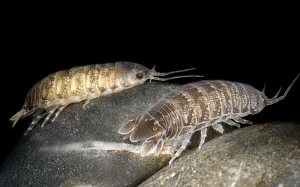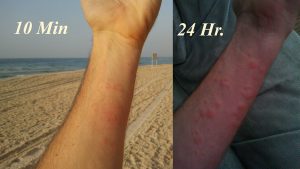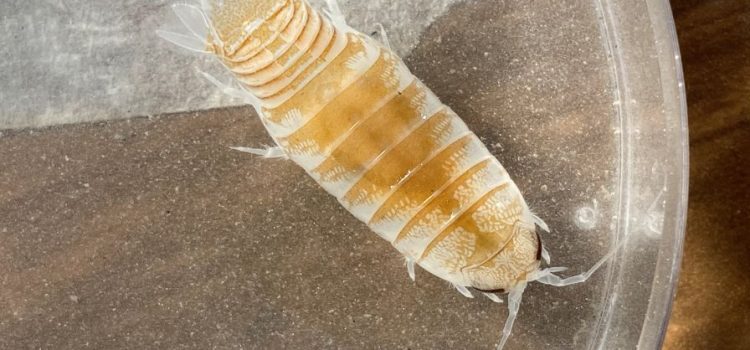
Introduction
Sea lice rash, scientifically known as seabather’s eruption (SBE), emerges as a skin condition triggered by exposure to minuscule jellyfish and anemones in tropical or subtropical seawater. This article delves into the intricate details of sea lice rash, covering symptoms, treatment approaches, duration, when to seek medical advice, and addressing frequently asked questions.
Decoding Sea Lice: Not Lice, But Jellyfish
Contrary to the name, the agents behind sea lice rash aren’t actual lice. Instead, they are the thimble jellyfish Linuche unguiculata and its developmental stages—larvae, medusae, and ephyrae. Predominantly found in the West Atlantic Ocean, encompassing the Caribbean, Florida, and Mexico, these diminutive creatures release toxins when trapped between bathing suit fabric and the skin. Despite lacking physical stingers, their stinging cells induce an immune system response, resulting in the characteristic sea lice rash.

Unraveling Sea Lice Rash Symptoms
- Prickling Sensation: Some individuals experience a prickling sensation in tight-fitting areas of their swimsuits while still in the water.
- Onset Timing: Symptoms, including itchiness, bumps, or hives, typically manifest several hours after leaving the water.
- Severity Variation: Severe reactions may involve infected blisters, headaches, vomiting, fever, chills, weakness, itchy eyes, and burning urination.
- Age and Activity Impact: Children under 15 years old and surfers are more susceptible to pronounced symptoms due to extended water exposure.

Navigating Treatment for Sea Lice Rash
Most cases of sea lice rash can be managed effectively at home through the following treatment measures:
- 5% Acetic Acid: Utilize to inactivate any undischarged stinging cells.
- Rubbing Alcohol or Diluted Vinegar: Apply to neutralize any remaining toxins.
- Ice Packs: Employ to ease pain and reduce inflammation.
- Antihistamines and Topical Corticosteroids: Administer to alleviate inflammation and itching.
- Calamine and Menthol Lotion: Use topically to reduce itching.
- Nonsteroidal Anti-Inflammatory Drugs (NSAIDs): Consider for pain and inflammation (note: avoid aspirin in children).
Additional Measures:
- Bathing Suit Care: Ensure thorough cleaning by washing in hot, soapy water and rinsing with vinegar or alcohol. Follow with a heated dryer cycle to eliminate any remaining stinging cells.
When to Seek Medical Attention
While most cases can be managed at home, individuals experiencing severe reactions or signs of infection should promptly consult a doctor. Signs of infection include swelling, increased pain, warmth, redness, or the presence of pus.

Insights into Sea Lice Rash
How long does sea lice rash last?
Sea lice rash typically lasts 1–2 weeks but may persist for up to 2 months.
Can sea lice rash spread?
Although not transmissible, sea lice rash may continue to spread on the affected person for a few days after initial exposure.
Can a person avoid sea lice?
The most effective prevention method is to stay out of water containing jellyfish and anemones. According to Florida Health, these organisms are likely present during the summer, with peak months for sea lice issues in Florida being March–August.
In Conclusion
Sea lice rash, an immune system response to toxins from small jellyfish and sea anemones, unfolds as a complex yet manageable condition. Understanding its symptoms, adopting appropriate treatment measures, and knowing when to seek medical attention are crucial aspects in navigating this unique skin condition.










